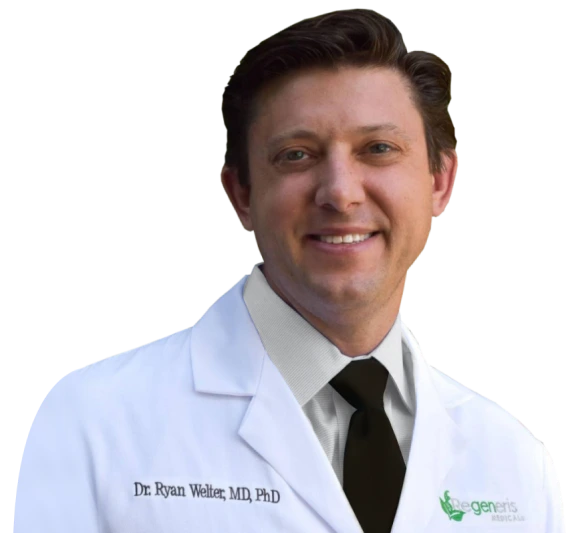-

Our Transplant Solutions
-

Our Transplant Solutions
Table of Contents
Beard transplantation is a modern solution for individuals seeking to enhance facial hair coverage and density. This specialized procedure involves relocating healthy follicles, typically harvested from the back of the scalp, to create natural-looking growth on the cheeks. The grafts are strategically placed to match the facial hair’s angle, direction, and pattern, ensuring seamless integration with the existing beard. The entire process usually takes 3 to 8 hours, depending on the extent of coverage needed. Once complete, the transplanted hair follicles become a permanent part of the facial structure, growing and responding like a natural beard.

FUT, also known as the strip method, involves surgically removing a skin patch containing hair follicles from the donor area, typically from the back of the head. The tissue is dissected under a microscope into individual follicular units for hair transplantation. While this method can harvest many grafts in a single session, it leaves a linear scar at the donor site. The extracted follicular units are then carefully placed into tiny incisions in the beard area, following the natural growth pattern. Although FUT may have a longer recovery time than FUE, it can be more cost-effective and suitable for patients requiring many grafts.
FUE is a modern technique that involves harvesting individual hair follicles directly from the donor area, typically the back or sides of the head. Using specialized micro-punches, Dr. Welter extracts grafts one at a time, leaving tiny dot-like scars that are virtually invisible once healed. These individual hair follicles are then carefully implanted into the recipient area of the beard, creating natural-looking growth patterns. The procedure involves minimal scarring and faster recovery time, allowing patients to wear their hair short without visible signs of the operation.

Preparation for transplantation begins with a comprehensive consultation with Dr. Welter. He evaluates the patient’s existing facial hair, assesses the amount and quantity of available donor material (typically harvested from the back of the head), and discusses the desired beard shape and density. Dr. Welter also reviews the individual’s medical history, including any underlying conditions. He examines skin texture and determines the number of grafts needed to achieve the desired results.
Before the procedure, patients are typically advised to avoid blood-thinning medications, alcohol, and smoking for at least a week. Dr. Welter recommends specific vitamins or supplements to promote optimal healing. Patients should thoroughly wash their face and donor area the night before surgery with prescribed antimicrobial soap. A pre-operative marking session is usually conducted to outline the planned beard pattern and ensure it aligns with the desired facial features and expectations.

A beard transplant procedure begins with local anesthesia to ensure patient comfort. Lidocaine injections are commonly used to numb both the donor and recipient areas. In some cases, mild sedation may be provided to help the patient remain relaxed during the procedure.
Healthy hair follicles are typically harvested from the back or sides of the scalp, which are more resistant to thinning. These areas are chosen because the hair closely resembles a natural beard in texture and thickness, ensuring a seamless result once transplanted.
There are two primary methods of follicle extraction in hair transplant procedures. FUE involves removing individual grafts using a micro-punch tool, while FUT cuts a thin strip of scalp tissue, which is then dissected. Due to the precision and minimal scarring, Dr. Welter prefers the first option for beard transplants.
Once extracted, the follicular units are examined under a microscope to ensure their viability. Our technicians separate and sort the grafts based on the number of hairs in each follicle, optimizing placement for a natural and even distribution in the target zone.
Tiny incisions are made in the beard area to accommodate the harvested follicles. Their direction, angle, and density are meticulously planned to replicate natural growth patterns. This step is crucial in achieving a realistic and aesthetically pleasing result.
The prepared hair follicles are implanted into the recipient sites using fine forceps or a semi-automated NeoGraft device. The placement process requires precision to ensure an even density distribution and a natural-looking transition between transplanted and existing facial hair.
Once all grafts have been implanted, Dr. Welter examines the treated areas to ensure proper positioning and alignment. Any excess bleeding is controlled, and post-procedure care instructions are provided. The patient is then discharged with guidelines to support optimal healing and graft survival.
The initial recovery phase involves mild swelling and redness around the treated area. Tiny crusts form around each transplanted follicle, and patients may experience discomfort. Sleeping with the head elevated is crucial to minimize swelling. The donor area might feel tight and slightly painful, requiring careful cleaning based on Dr. Welter’s instructions.
The crusts fall off naturally during this period, and the initial transplanted hairs typically shed. This process is normal and part of the growth cycle. The redness and swelling significantly decrease, and patients can usually return to normal daily activities. However, direct sun exposure and strenuous physical movements should still be avoided.
New hair growth typically begins around the third month, with significant results visible between 6 and 9 months. The final appearance of the beard continues to improve as the hair thickens and develops a more natural pattern. By the twelve-month mark, patients see the full results of their transplant, with mature hair growth that can be trimmed and styled.

Beard transplants are becoming increasingly popular as more men realize how this transformative procedure may help them address uneven facial hair growth. Restoration surgery suits patients with specific concerns about hair loss or inadequate beard density. Typical candidates include:

Transplant surgery uses the patient’s follicles to enhance the density and coverage of facial hair. The precise placement of grafts ensures a seamless blend with existing growth, creating a natural and uniform appearance.
Unlike temporary solutions, beard transplantation provides lasting results. Once the transferred follicles establish themselves, they grow naturally, eliminating concerns about hair thinning over time.
The procedure allows for personalized shaping and density adjustments, ensuring the final result aligns with the patient’s aesthetic goals. Dr. Welter considers factors like facial structure and existing hair patterns to create a balanced and symmetrical look.
A beard transplant is a reliable hair restoration procedure for those with sparse or uneven growth. By strategically implanting healthy follicles, Dr. Welter improves volume and coverage in areas affected by genetics, scarring, or autoimmune disorders.
The cost of a beard hair transplant in Boston ranges from $3,000 to $15,000, depending on the extent of the procedure and the number of grafts required. The surgeon’s expertise and technique (FUE or FUT) also influence the price. The final cost typically includes pre-operative consultations, the operation, and follow-up care. Many clinics offer financing options to make the treatment more accessible.
Dr. Welter provides excellent hair restoration services at competitive prices. Patients can receive personalized cost estimates during the initial consultation at Regeneris Hair.
